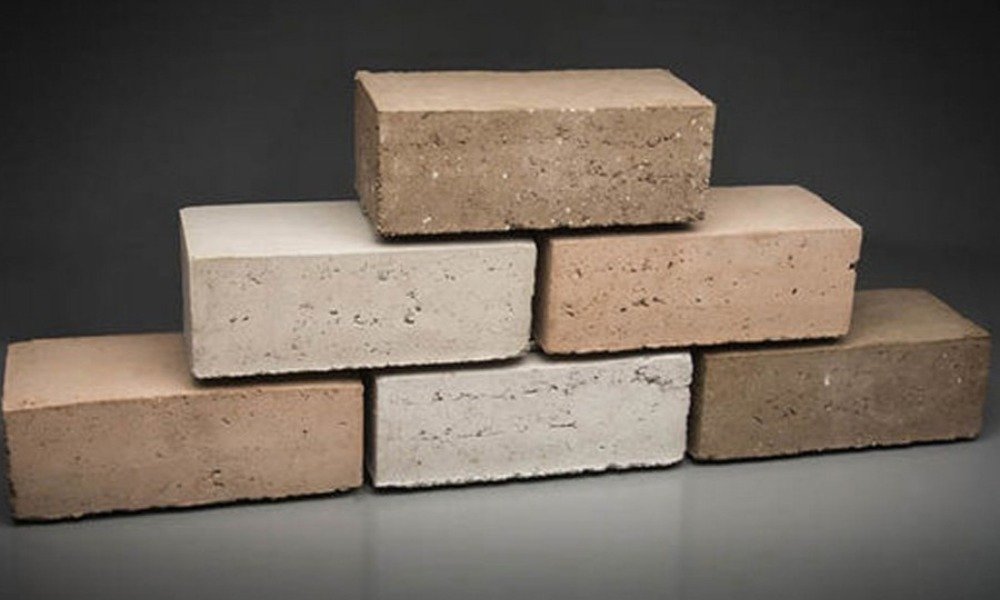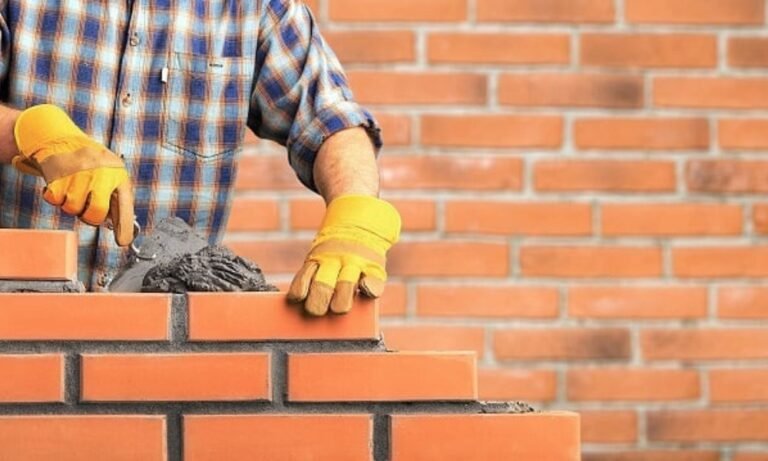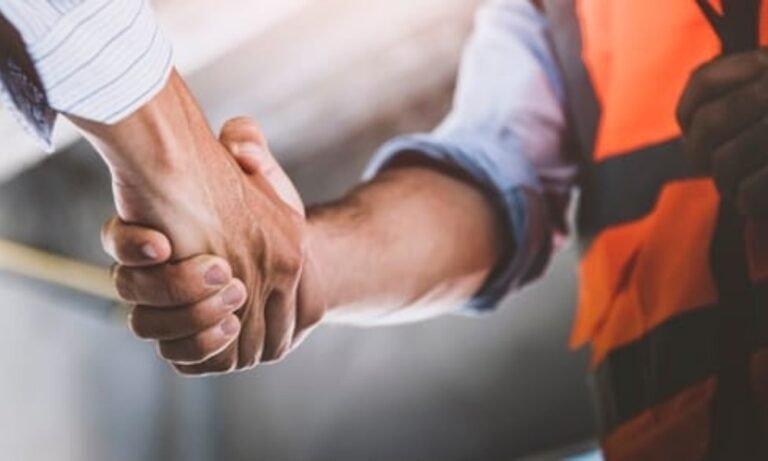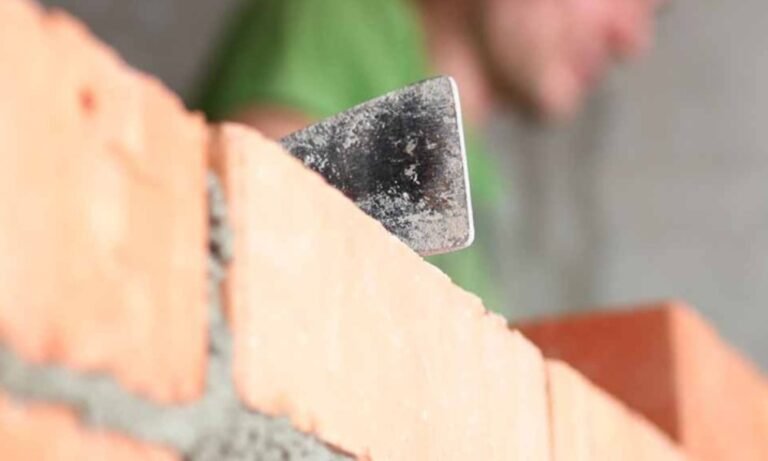Estimated reading time: 6 minutes
As someone who has spent years in the masonry field, I know how much pride we take in building structures that last for generations. But today, durability and aesthetics are only part of the equation. Sustainability is the new cornerstone of responsible construction. Incorporating environmentally friendly materials and techniques not only helps the planet but also creates homes that are energy-efficient, cost-effective, and healthier for you and your family.
Here’s a snapshot of what we’ll cover:
- The significance of sustainable construction in modern homes.
- Top environmentally conscious masonry options.
- Techniques to boost energy efficiency with masonry.
- The tangible benefits of eco-conscious building.
- Innovations shaping the future of sustainable construction.
Let’s get started.
1. Why Sustainable Building Matters
We’ve all heard the stats—construction is a leading contributor to carbon emissions. Traditional materials often come with heavy environmental costs, from energy-intensive production to landfill overflow. Opting for eco-friendly materials reduces this impact while delivering high-quality, durable results.
A green home isn’t just about saving the planet. It’s about creating a space that saves you money on energy, enhances air quality, and aligns with the growing trend of environmentally responsible living. For homeowners, it also means higher resale value and potential tax incentives. What’s not to love?
2. Top Eco-Friendly Masonry Options
Sustainability starts with the materials you choose. Here are some top contenders to consider:
Recycled Bricks and Stones
Reclaimed materials are the gold standard of sustainable building. Salvaged from old structures, they breathe new life into construction projects while reducing landfill waste. Plus, they add charm with their weathered, vintage look—perfect for patios, pathways, and accent walls.
Fly Ash Bricks
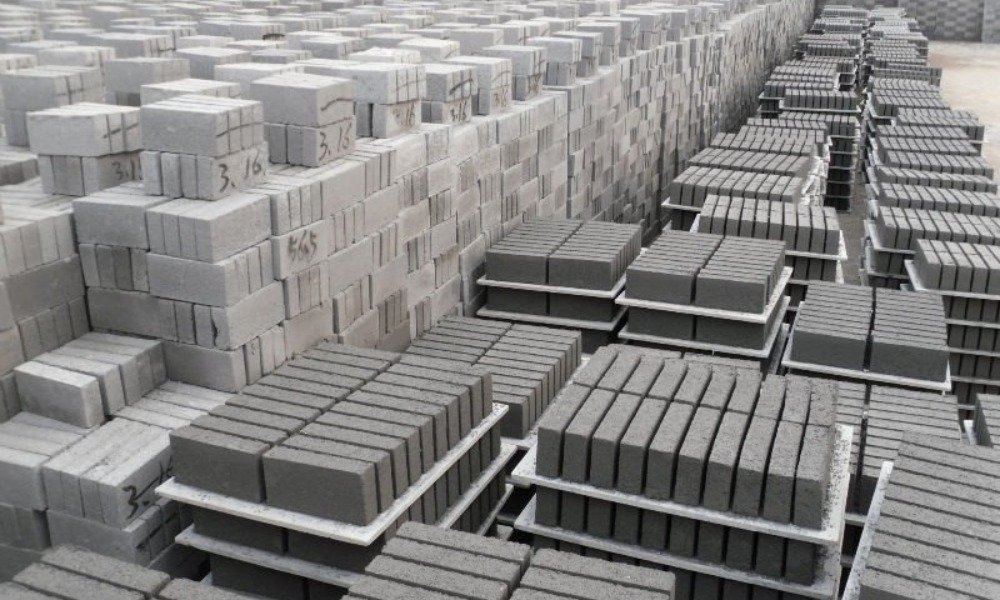
A byproduct of coal combustion, fly ash finds a second life as an alternative to traditional clay bricks. Lightweight, strong, and excellent at insulating, these bricks are a win for energy efficiency.
Low-Carbon Concrete
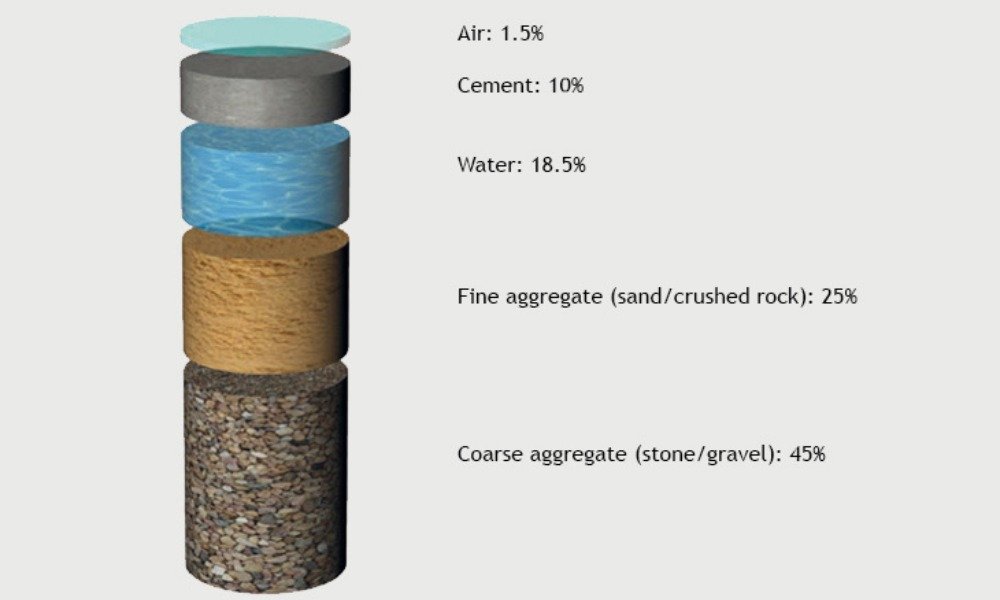
Concrete might be a staple in masonry, but its carbon footprint is massive. Enter low-carbon alternatives, which incorporate industrial byproducts like slag or fly ash. This option reduces emissions while maintaining strength and versatility.
Related read: Understanding the Costs of Common Masonry Services
Natural Stone
Natural stone is timeless, durable, and easy to recycle. By sourcing locally, you also reduce transportation emissions. Its long lifespan and minimal processing make it a solid choice for sustainable construction.
Eco-Friendly Mortar
Swap out cement-heavy mortar for lime-based varieties. Lime is more flexible, breathable, and less energy-intensive to produce, making it ideal for restoration projects or modern eco-friendly builds.
3. Techniques to Boost Energy Efficiency
Materials are only part of the equation. The way you use them can significantly impact your home’s energy performance. Here are some techniques to consider:
Insulated Masonry Walls
Think of this as layering your home against the elements. Insulated concrete forms (ICFs) and similar systems provide thermal efficiency while maintaining the strength of traditional masonry.
Passive Solar Design
Bricks and stones excel at thermal mass—they store heat during the day and release it at night. Positioning your home to maximize sunlight, especially with south-facing walls, can significantly cut energy use.
Green Roofs and Walls
Adding vegetation to your masonry? Absolutely. Green roofs and walls provide natural insulation, improve air quality, and reduce stormwater runoff. They’re functional, eco-friendly, and visually striking.
Permeable Pavers
Driveways, patios, and walkways made from permeable pavers allow water to filter through, reducing runoff and promoting groundwater recharge. It’s sustainability you can step on.
Related read: DIY vs. Professional Masonry: Why Expertise Matters
4. Practical Benefits of Going Green
If you’re still on the fence about eco-friendly construction, let me lay out some clear advantages.
Lower Energy Costs:
Insulated masonry and energy-efficient designs help cut heating and cooling bills. Over time, those savings add up.
Healthier Living Spaces:
Materials like lime mortar and natural stone help maintain better indoor air quality by reducing pollutants.
Higher Property Value:
Homes built with sustainable techniques are highly desirable and often command higher prices on the market.
Environmental Impact:
Less waste, fewer emissions, and smarter resource use make your home a part of the solution, not the problem.
Durability:
Sustainable materials are often more robust, reducing the need for frequent repairs and replacements.
5. Innovations in Sustainable Masonry
Sustainability isn’t static; it evolves as technology and techniques advance. Some of the most exciting developments include:
Hempcrete
This bio-composite material made from hemp fibers and lime is lightweight, insulating, and carbon-negative. Hempcrete is gaining traction as an eco-friendly alternative for walls and insulation.
3D-Printed Masonry
Yes, you read that right. 3D printing in construction minimizes waste and allows for intricate designs that traditional methods can’t achieve. It’s the future of custom, sustainable builds.
Carbon-Capturing Concrete
This emerging technology absorbs CO₂ during curing, effectively making the material carbon-neutral—or even carbon-negative. Imagine building with a product that literally cleans the air.
6. How to Get Started with Sustainable Masonry
If you’re ready to incorporate eco-friendly practices into your project, start by assessing your priorities. Are you focused on reducing energy costs, using recycled materials, or building with cutting-edge innovations?
Partnering with an experienced contractor who specializes in sustainable methods is key. They can help you select the right materials and techniques while ensuring the build meets your functional and aesthetic goals.
Related read: How to Choose the Right Masonry Contractor for Your Home
7. What the Future Holds
Sustainable construction is no longer a niche. As more people recognize the value of eco-friendly practices, the demand for innovative materials and techniques will continue to grow. By making thoughtful choices today, you’re not just building a house—you’re setting a standard for the future.
Final Thoughts
Eco-friendly masonry materials and techniques offer an exciting way to build responsibly without compromising on quality or style. Whether you’re restoring a historic property or starting fresh, these practices can help you create a home that’s beautiful, durable, and kind to the planet.
Ready to explore the possibilities? Let’s work together to turn your vision into reality. From reclaimed stone to low-carbon concrete, I’ll help you find the right solutions for a sustainable home that you’ll love for years to come.
